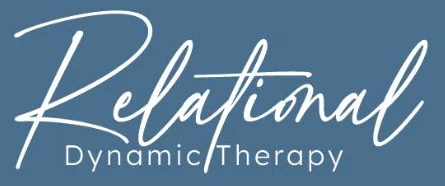What Is Relational Trauma?
Relational trauma refers to the psychological and emotional wounds caused when important relationships fail to provide safety, consistency, or secure attachment. This might involve:
- Emotional neglect – feeling unseen, unheard, or dismissed.
- Unpredictability – never knowing if a caregiver or partner will be loving or rejecting.
- Criticism or control – being shamed, blamed, or made to feel “not enough.”
- Abandonment or inconsistency – when love and presence are given conditionally.
Because these dynamics happen in close relationships, they impact the way we understand ourselves, others, and the world. We unconsciously internalise beliefs such as:
- “I’m not good enough.”
- “I’ll be abandoned if I show my true self.”
- “Love always comes with pain.”
How Relational Trauma Repeats in Patterns
One of the most challenging aspects of relational trauma is that it often repeats itself. Without realising, we may recreate familiar dynamics in adult relationships—whether with partners, friends, or colleagues.
Attraction to the Familiar
Even if unhealthy, the nervous system feels “at home” in what it already knows. Someone who grew up with unpredictability may feel strangely drawn to partners who are inconsistent, confusing this with chemistry or excitement.
Unconscious Roles
Relational trauma can lock us into certain roles: the caretaker, the peacemaker, the invisible one, or the scapegoat. These roles resurface later in life, keeping us in dynamics where our needs remain unmet.
Core Beliefs Playing Out
If we learned “I’m not worthy of love,” we may tolerate relationships that reinforce this belief. This cycle confirms our inner story, even though it causes pain.
Fight, Flight, Freeze, or Fawn Responses
Trauma responses developed in early relationships can get triggered in adult interactions. For example:
- Fight – becoming defensive or argumentative when feeling unsafe.
- Flight – avoiding intimacy or withdrawing when connection feels overwhelming.
- Freeze – shutting down emotionally when conflict arises.
- Fawn – over-pleasing others to avoid rejection.
These responses can make it difficult to create healthy, balanced relationships.
Breaking the Cycle
The good news is that these patterns are not fixed. Healing relational trauma means gently recognising the old stories we carry and learning new ways of relating. Some powerful steps include:
- Awareness – noticing when you feel triggered and what role or pattern is being replayed.
- Therapeutic support – working with a psychotherapist or hypnotherapist to explore the root experiences behind these patterns.
- Building safety in the body – using nervous system regulation techniques to feel grounded in moments of stress.
- Rewriting your story – learning that you are worthy of love, belonging, and connection just as you are.
Final Thoughts
Relational trauma is about wounds created in connection—so it is also through connection that they can be healed. By recognising repeating patterns, you can begin to step out of survival roles and move toward relationships that are safe, reciprocal, and nourishing.
If you notice that the same painful patterns keep showing up in your life, you’re not broken—it may be relational trauma replaying itself. With the right support, you can break the cycle, reclaim your sense of worth, and build the kind of relationships you truly deserve.
